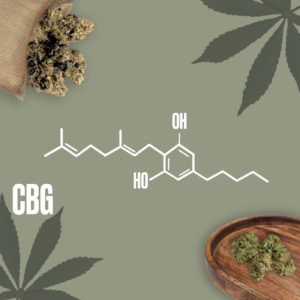As a fellow cannabis patient, I’m sure we can all agree that getting the munchies is nothing new. Whether it’s ingesting an edible to help me relax in the afternoon or taking a hit off my vape to calm my anxiety down, eventually I find myself experiencing a strong feeling of hunger. Now, when it comes to my own personal medical regime of using cannabis, this is typically something that I don’t want to experience. However, there is a population of medical patients where appetite stimulation is heavily sought after as it can be beneficial to their overall health. For example, those who experience physical debilitation due to being diagnosed with HIV/AIDS or undergoing cancer treatment may experience difficulties with eating and therefore excessive weight loss. Where appetite may be decreased as a result of illness or medication/treatment side-effects, cannabis may be the answer to sustaining their health.
When you look at cannabis from a molecular level, you’ll find that compounds such as Terpenes and Cannabinoids exist within the plant. There are different types of terpenes and cannabinoids, each with their own unique medicinal benefit that when combined with others, produces the overall effect of a particular strain. Understanding this can be extremely useful when looking at a strain’s profile as it can give you a better idea of what kind of experience you can expect. As a perfect example, here are some terpenes and cannabinoids that some patients may want to look for when looking to increase their appetite:
Myrcene – a terpene known to produce calming, sedative-like effects. Expect a peppery, spice-like aroma in strains that have high levels of myrcene.
Caryophyllene – known to activate our endocannabinoid system, this terpene is well known in its ability to be an anti-inflammatory agent.
THC – Tetrahydrocannabinol, the psychoactive compound found within cannabis responsible for feeling euphoric.
CBG – Cannabigerol, a non-psychoactive cannabinoid that can counteract the effects of other cannabinoids.
The way these compounds work is that they stimulate our brain’s CB1 receptors, which result in the release of hormones that increase our food intake. Some strains that are known for having high levels of these terpenes and cannabinoids include, but are not limited to, Northern Lights, Birthday Cake, and Chemdawg.





